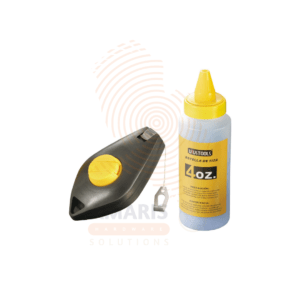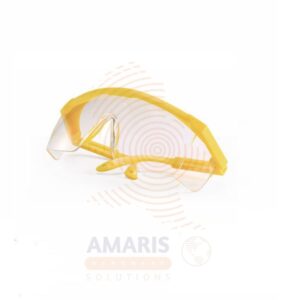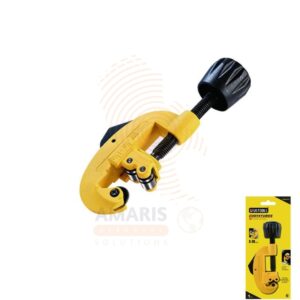Subtotal: KSh 4,040.00
BUILDING AND CONSTRUCTION
Welding Machine
Whatsapp Order
A welding machine is a device that generates an electrical current to produce a controlled arc between a consumable or non-consumable electrode and the base material to be joined. This arc generates intense heat, causing the materials to melt and fuse together, forming a strong and durable bond. Welding machines are essential tools in various industries for fabricating and repairing metal components and structures.
Compare
Welding Machine Uses
- Construction: Welding machines are extensively used in construction for joining metal components in structures such as buildings, bridges, and pipelines.
- Manufacturing: In manufacturing industries, welding machines are used to fabricate metal components for machinery, equipment, vehicles, and consumer goods.
- Automotive Repair: Welding machines are crucial for repairing and fabricating metal parts in automotive repair shops, including frame straightening, exhaust system repair, and body panel fabrication.
- Shipbuilding: Welding machines play a vital role in the shipbuilding industry for joining metal plates and sections to construct ships, boats, and offshore structures.
- Aerospace: Welding machines are used in the aerospace industry for manufacturing aircraft components, such as fuselage sections, engine mounts, and structural frames.
- Infrastructure Maintenance: Welding machines are used for maintenance and repair tasks in infrastructure, including welding pipelines, repairing bridges, and reinforcing structural components.
- Metal Art and Sculpture: Welding machines are popular among artists and sculptors for creating metal artwork, sculptures, and decorative pieces.
- DIY and Home Repair: Hobbyists, DIY enthusiasts, and homeowners use welding machines for various projects, such as building furniture, repairing metal structures, and creating custom metal artwork.
- Industrial Maintenance: Welding machines are used for maintenance tasks in industrial facilities, including repairing machinery, replacing worn-out parts, and reinforcing structures.
- Fabrication Shops: Welding machines are commonly found in fabrication shops that specialize in custom metal fabrication, including welding together structural components, assembling machinery, and creating metal fixtures and fittings.
Safety Precautions
- Protective Gear: Always wear appropriate personal protective equipment (PPE), including a welding helmet with a proper shade lens to protect your eyes and face from arc flash, welding gloves, flame-resistant clothing, and closed-toe shoes.
- Ventilation: Ensure proper ventilation in the work area to remove welding fumes and gases. If working indoors, use local exhaust ventilation or work near an open door or window to allow fresh air circulation.
- Fire Prevention: Keep the work area clear of flammable materials, such as paper, cloth, and solvents. Have a fire extinguisher readily available and know how to use it. Be cautious of sparks and hot metal that can cause fires.
- Electrical Safety: Inspect welding cables, plugs, and connections for damage before use. Avoid using damaged equipment, and if repairs are needed, disconnect the machine from the power source before servicing.
- Grounding: Ensure the welding machine is properly grounded according to manufacturer instructions to prevent electric shock hazards. Check ground connections regularly to maintain electrical safety.
- Work Area Safety: Mark off the welding area with safety barriers or signs to prevent unauthorized access. Remove clutter and tripping hazards from the work area to prevent accidents.
- Eye Protection: In addition to a welding helmet, provide bystanders with appropriate eye protection, such as safety glasses with side shields, to shield against UV radiation and flying debris.
- Training and Supervision: Only trained and authorized personnel should operate welding equipment. Ensure adequate training and supervision for all users to understand proper welding techniques and safety procedures.
- Hot Work Precautions: Be mindful of hot metal surfaces and workpieces during and after welding. Use insulated welding blankets or pads to protect nearby materials and surfaces from heat damage.
- Emergency Preparedness: Know the location of emergency exits, first aid kits, and emergency eyewash stations. Have a plan in place for responding to accidents, injuries, or equipment malfunctions.

 1/2"Hexagonal socket 10MMX38MM (12 pcs)
1/2"Hexagonal socket 10MMX38MM (12 pcs) 




Daniel Peter –
Amazing quality.
Daniel Peter –
Aisha Hassan –
goof customer relations
Aisha Hassan –